
ERC-7857: Unlocking the Power of AI-Infused NFTs
Author

What if your NFT could interact with you, generate new content, or even perform tasks on its own? Look no further! Intelligent NFTs (iNFTs) are where artificial intelligence meets blockchain technology to create self-evolving digital entities.
At the core of this innovation is ERC-7857, an Ethereum token standard designed specifically for NFT AI Agents. Unlike regular NFTs that are static and immutable, iNFTs bring dynamic intelligence to digital assets, allowing them to function as autonomous AI agents in decentralized applications.
This article explores how ERC-7857 is shaping the future of AI-powered NFTs and why this technology is a game-changer for the blockchain ecosystem.
Intelligent NFTs, or iNFTs, go far beyond standard NFTs. They integrate AI agents to enable adaptive and interactive digital experiences. These NFTs can engage with users, generate content, and make autonomous decisions—essentially evolving into self-aware, self-improving digital entities.
How Do They Work?
iNFTs function by embedding AI algorithms, often powered by machine learning models such as GPT or reinforcement learning techniques, into smart contracts on the blockchain. This integration enables:
While NFTs have seen massive adoption, current standards like ERC-721 and ERC-1155 fall short when it comes to supporting artificial intelligence. These formats were built for static digital assets and primarily focus on ownership and transfer, limiting their use in more dynamic, intelligent applications.
ERC-7857 introduces a new kind of NFT, one designed to function as an autonomous AI agent. This standard allows for on-chain identity, memory, and logic, enabling NFTs that can learn, adapt, and interact independently within digital ecosystems.
1. Lack of Dynamic Intelligence: Traditional NFTs cannot evolve, learn, or adapt based on user interactions.
2. Limited Interactivity: Existing NFTs do not support AI-powered interactions, making them passive digital assets rather than active participants in a decentralized ecosystem.
3. Scalability Issues: AI-driven NFTs require substantial processing power, which current standards do not accommodate efficiently.
4. Restricted AI Integration: Smart contracts on ERC-721 and ERC-1155 are not optimized to handle complex AI computations or real-time decision-making.
To address these limitations, ERC-7857 was introduced as a next-generation token standard, enabling NFTs for AI Agents to operate autonomously, interact dynamically, and integrate with AI-powered ecosystems.
iNFTs are capable of self-governance and decision-making without requiring human intervention. These NFTs can analyze their environment, learn from user interactions, and execute tasks independently. This feature is particularly valuable in areas like AI-driven assistants, virtual companions, and automated trading bots.
Developers can embed AI logic directly into the NFT smart contract, ensuring consistency and transparency. This programmability allows iNFTs to follow predefined behaviors while also adapting to real-world inputs, making them highly versatile assets.
ERC-7857 allows NFT owners to train and customize their iNFTs according to their needs. Whether it’s modifying an AI-powered art NFT’s style or training an AI-driven chatbot, owners have the flexibility to personalize their digital assets to enhance user engagement.
AI computations for iNFTs can be executed off-chain using advanced AI infrastructure such as Fetch.ai and SingularityNET. Alternatively, layer-2 scaling solutions can enable on-chain AI processing while reducing gas costs and latency, making AI-powered NFTs more scalable and efficient.
As part of the blockchain ledger, iNFTs ensure immutable AI transactions, reducing the risk of unauthorized modifications. By leveraging smart contract transparency, users can trust that their AI NFTs operate as intended, without external manipulation or tampering.

iNFTs enable interactive collectibles that evolve with user interaction. For example, an AI art NFT might change its visual style over time based on how often it’s viewed or the emotional sentiment of its owner’s messages.
These iNFTs can act as AI assistants—scheduling tasks, analyzing portfolios, or answering questions. In a finance dApp, for instance, an iNFT could help users interpret on-chain data and suggest investment strategies.
ERC-7857 supports AI-powered game characters that learn and adapt. Imagine a metaverse pet that evolves its personality based on how you interact with it, or a companion NPC in a game that learns your playstyle and reacts accordingly.
DAOs can use iNFTs to streamline governance. For example, an AI iNFT might scan and summarize community proposals, then suggest optimal decisions based on historical voting trends and community sentiment.
Developers can create dApps with iNFTs at the core. In education, an AI NFT tutor could adapt its teaching style to match a student’s pace, while in DeFi, an iNFT might serve as a trading bot that learns from market behavior.
Despite their potential, iNFTs and ERC-7857 can face challenges such as:
ERC-7857 is a game-changing standard for NFTs for AI Agents, combining AI intelligence with blockchain security. With advancements in AI NFT ecosystems, iNFTs will redefine ownership, interactivity, and automation in the digital world. As adoption grows, the future of intelligent NFTs will continue to unlock new opportunities in gaming, governance, metaverse development, and AI-powered services.

July 28, 2025
Crypto wallets have long felt like those remote controls with 50 buttons, but you only know what five of them do. While the tech-savvy might enjoy the complexity, most everyday users just want to send, receive, and store crypto without...
Author
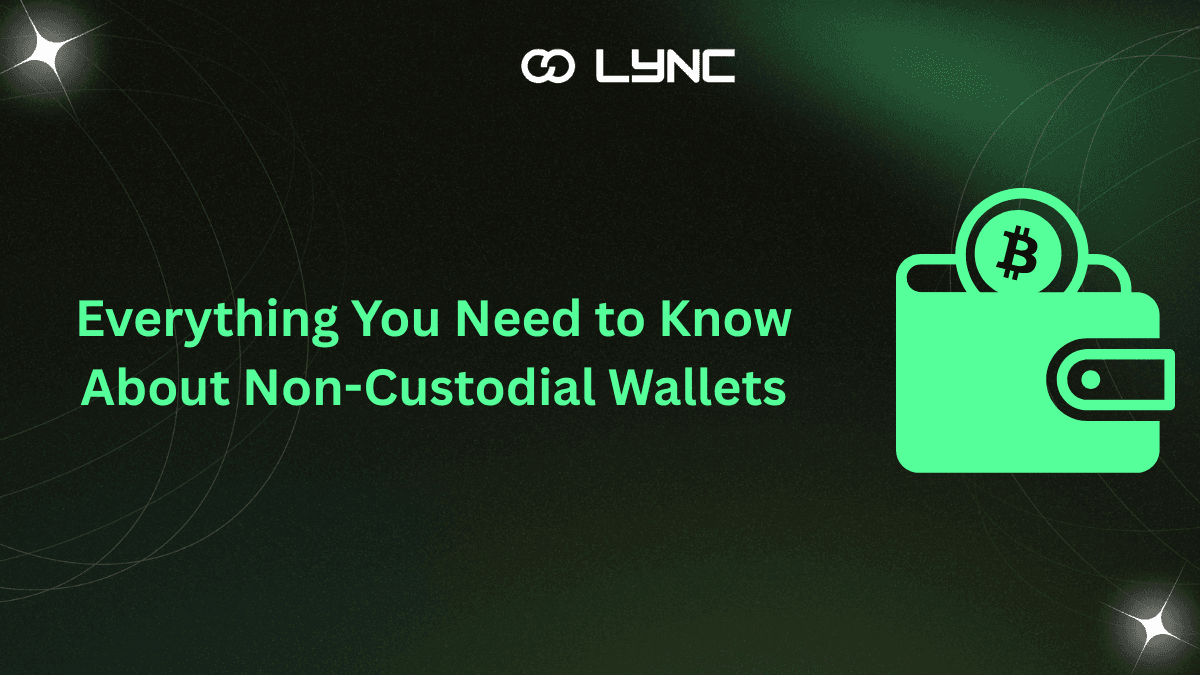
July 25, 2025
Web3 is all about putting control back in your hands and non-custodial wallets are a great place to start. These special wallets give you full control over your digital assets, without relying on banks, exchanges, or middlemen. If you’ve heard...
Author

July 24, 2025
As Web3 continues to evolve, blockchain networks like Aptos are gaining momentum for their speed, scalability, and developer-friendly design. Yet one major hurdle still stands in the way of mass adoption: gas fees. Whether you’re minting an NFT, sending tokens...
Author

July 23, 2025
Sending money across borders isn’t as simple as it sounds. Your local bank can’t just send funds directly to someone in Korea. It has to go through a chain of other banks, called correspondent banks, to get there. Each bank...
Author
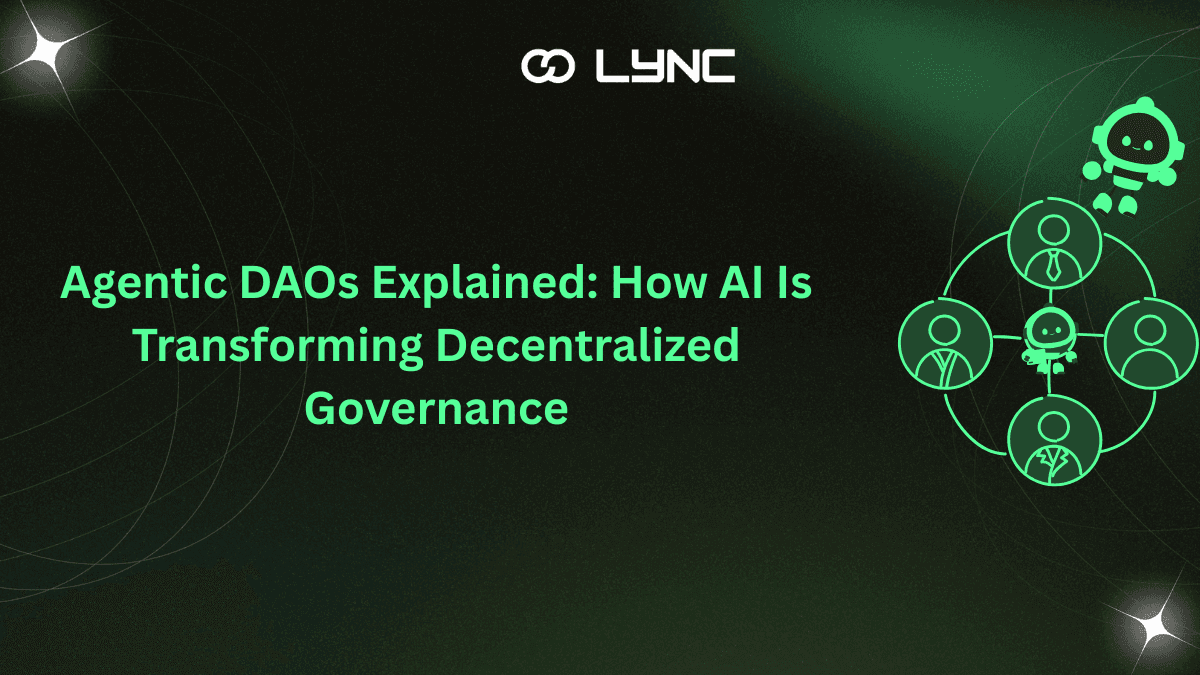
July 22, 2025
Web3 is changing fast, and one of the most fascinating new developments is the rise of Agentic DAOs. These are decentralized organizations where AI agents help run the show. Unlike traditional DAOs, where decisions rely solely on the votes of...
Author
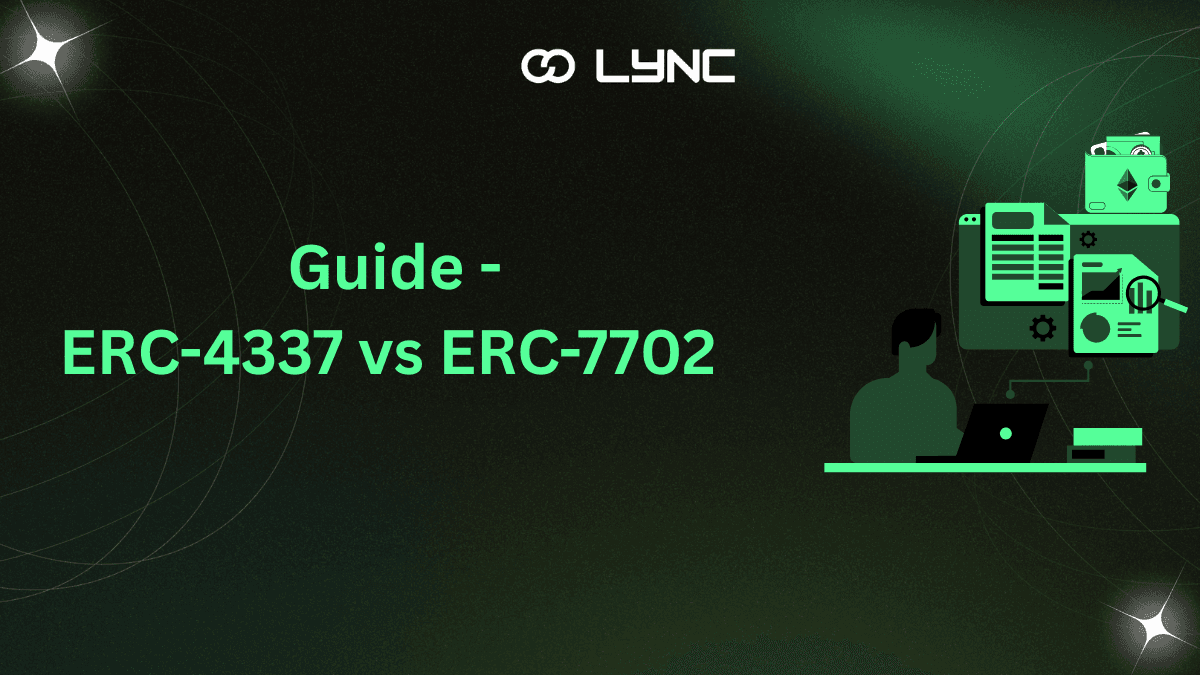
July 21, 2025
Ethereum is evolving fast, and two important updates leading the way are ERC-4337 and ERC-7702. These new standards are changing how wallets work, making them smarter, more secure, and easier to use. ERC-4337 is already live, powering smart wallets with...
Author

July 18, 2025
If you have ever used a crypto wallet before, you might have an idea of how tricky it could be, particularly if you are still not used to the cryptospace. But there’s some good news. There’s a new Ethereum standard...
Author
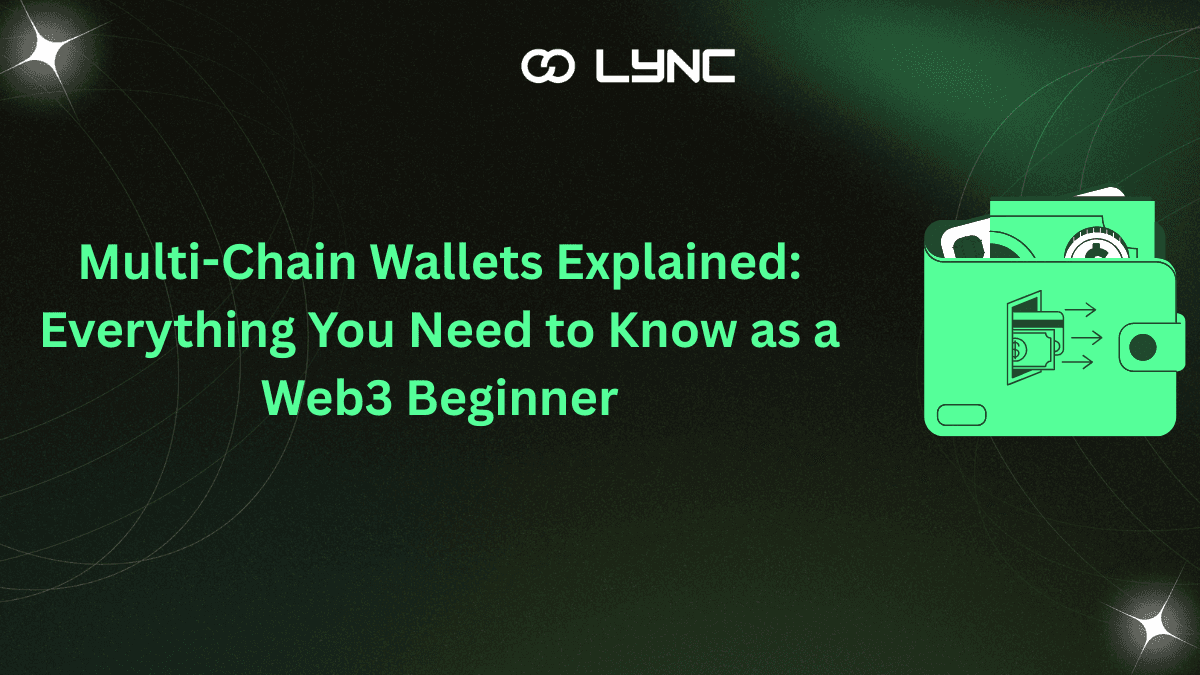
July 17, 2025
If you’re stepping into the world of crypto, there’s a good chance you’ve come across more than just Bitcoin and Ethereum. From Polygon to Solana, Avalanche to zkSync, the blockchain universe is expanding at lightspeed. With it, a simple question...
Author
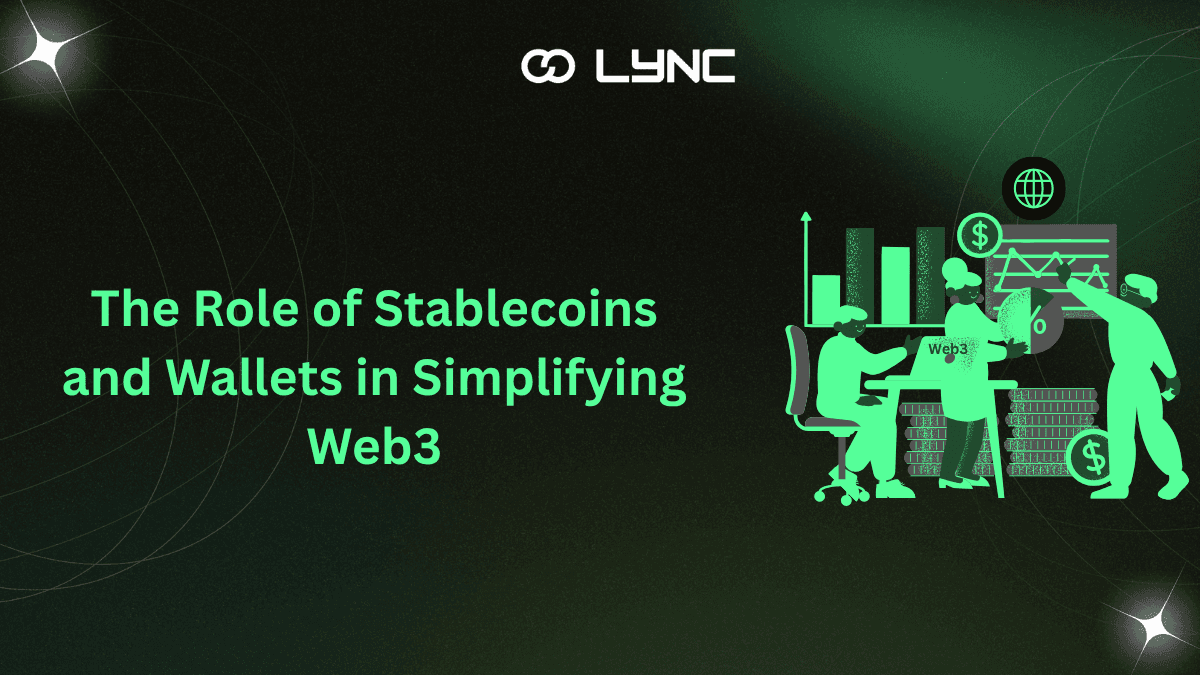
July 16, 2025
Let’s face it: the world of Web3 can feel like stepping into a science fiction novel. Between NFTs, DAOs, Layer 2s, and private keys that vanish if you sneeze too hard, it’s no wonder many people are still standing at...
Author
Unlock special content and connect with others.
Join our community today!




